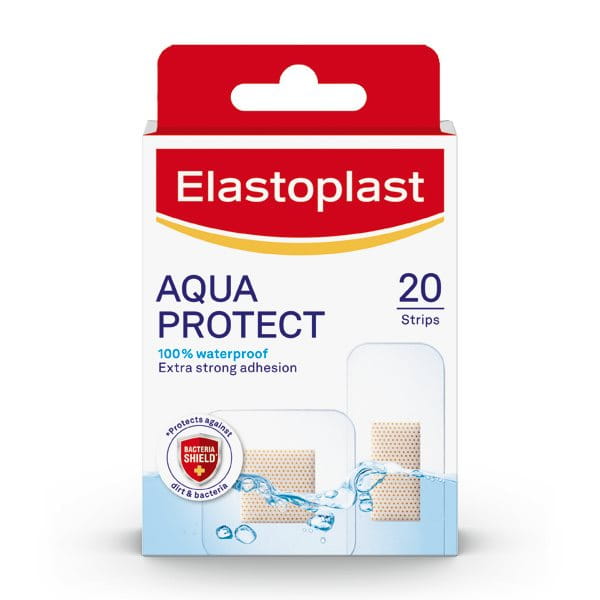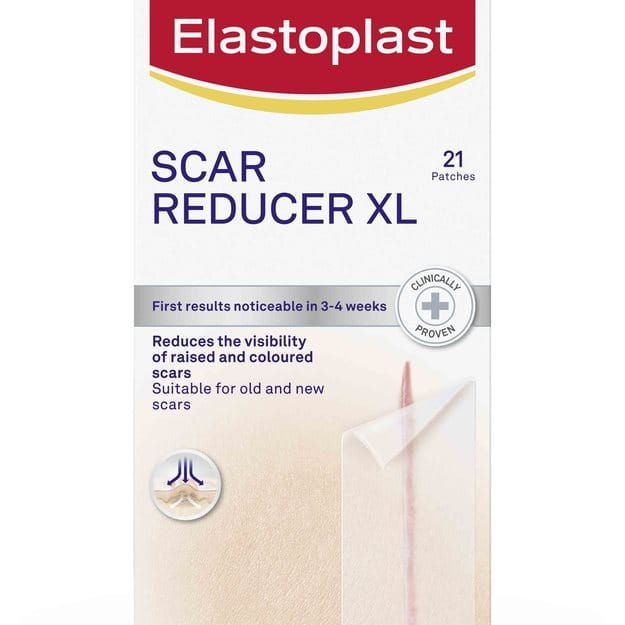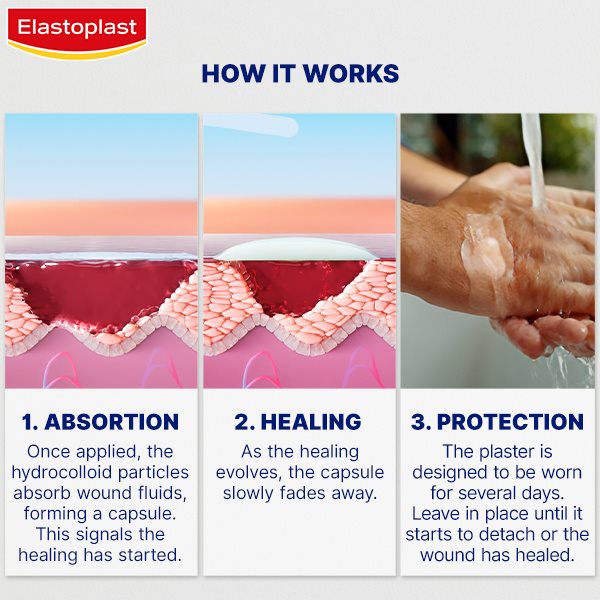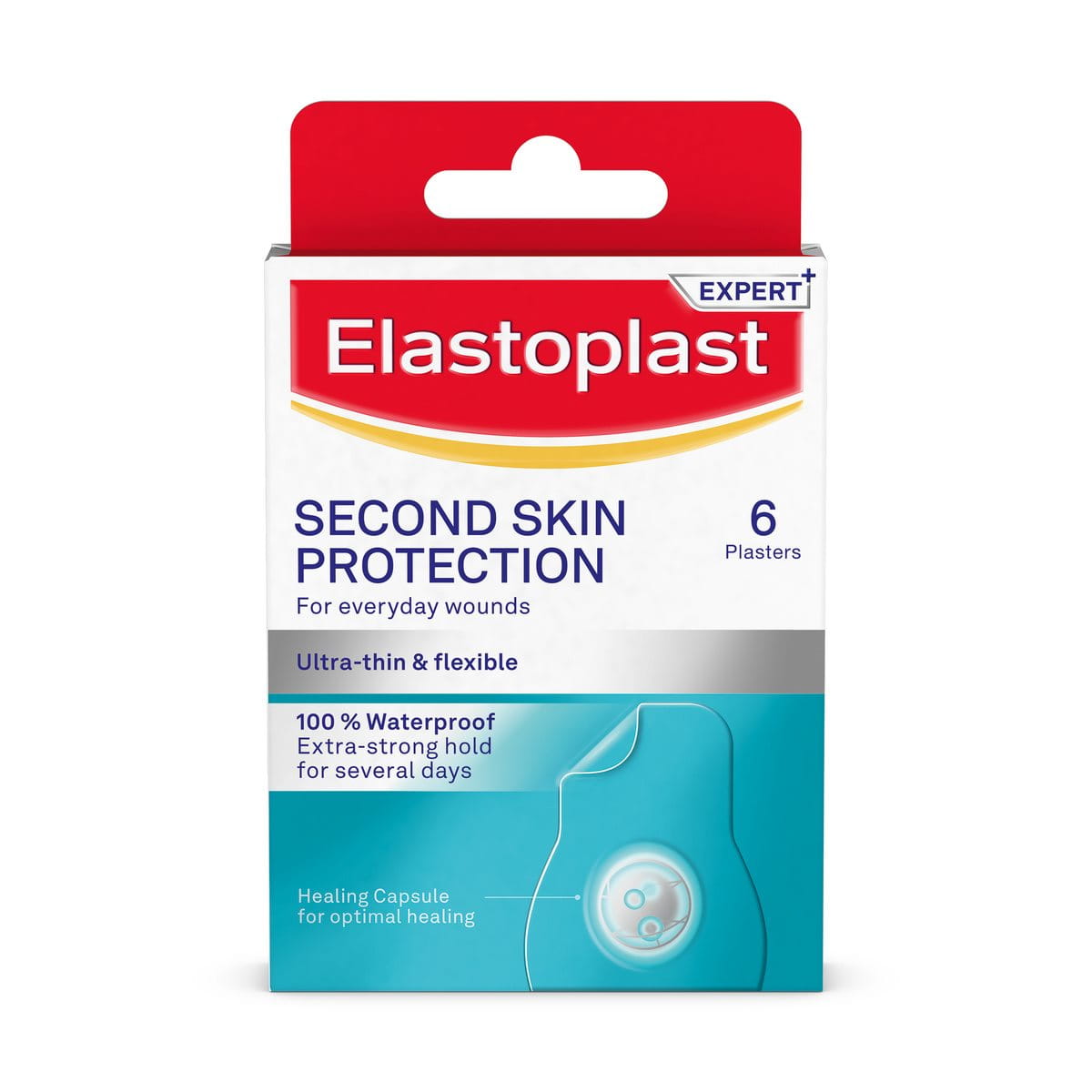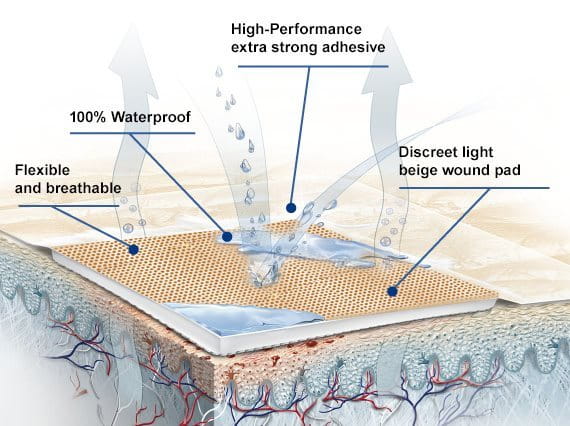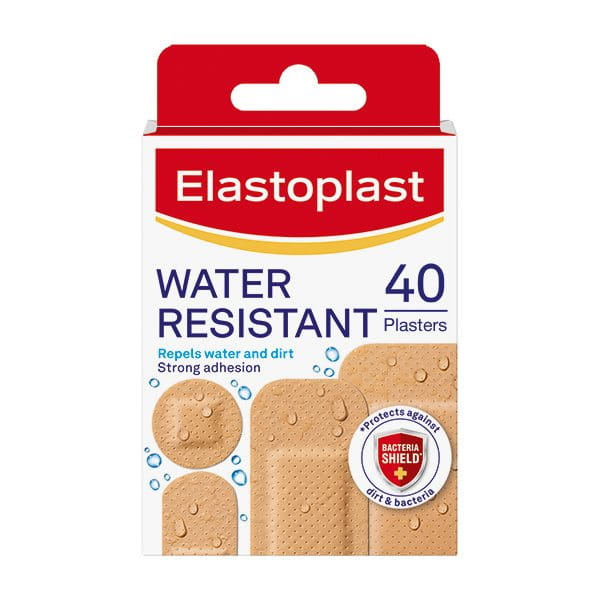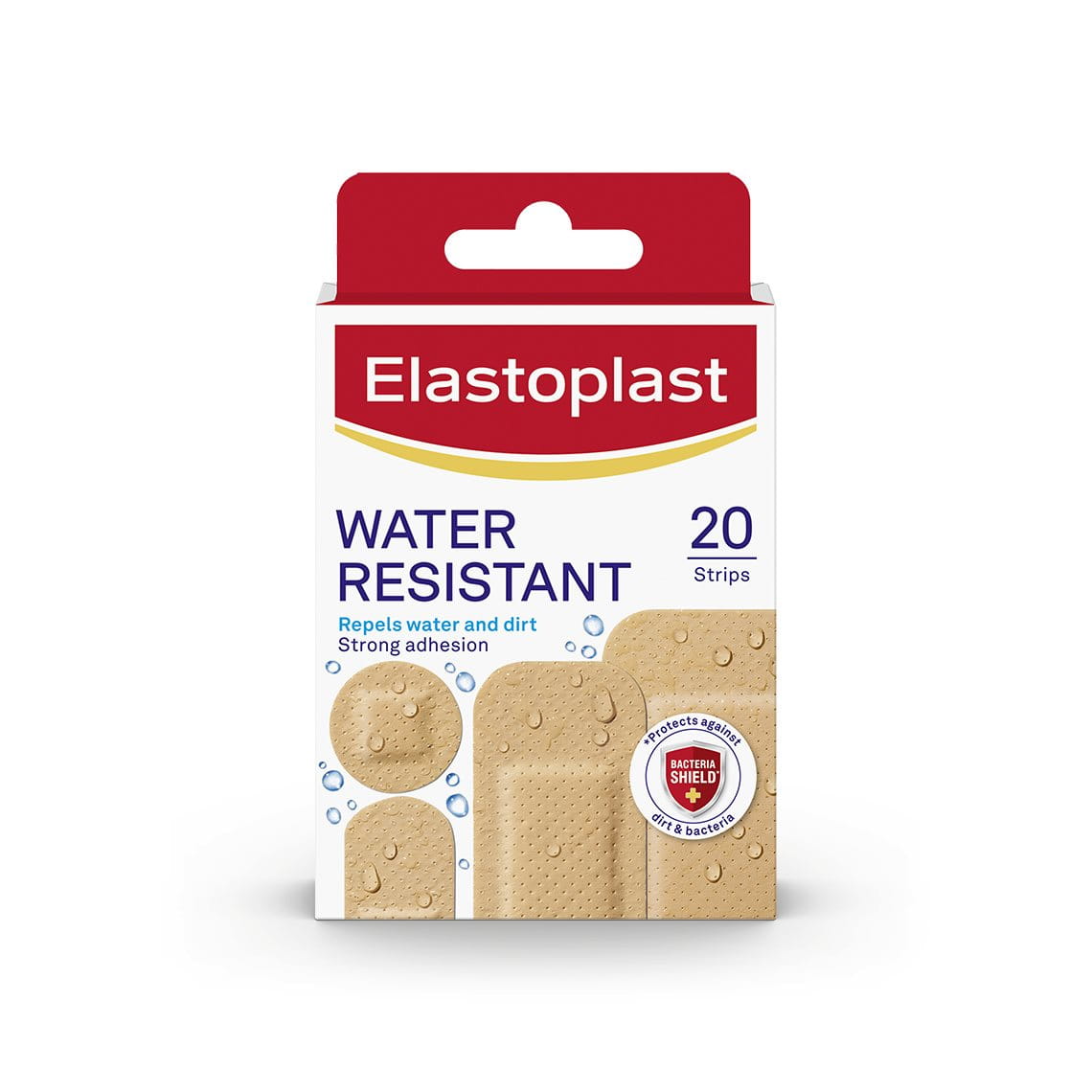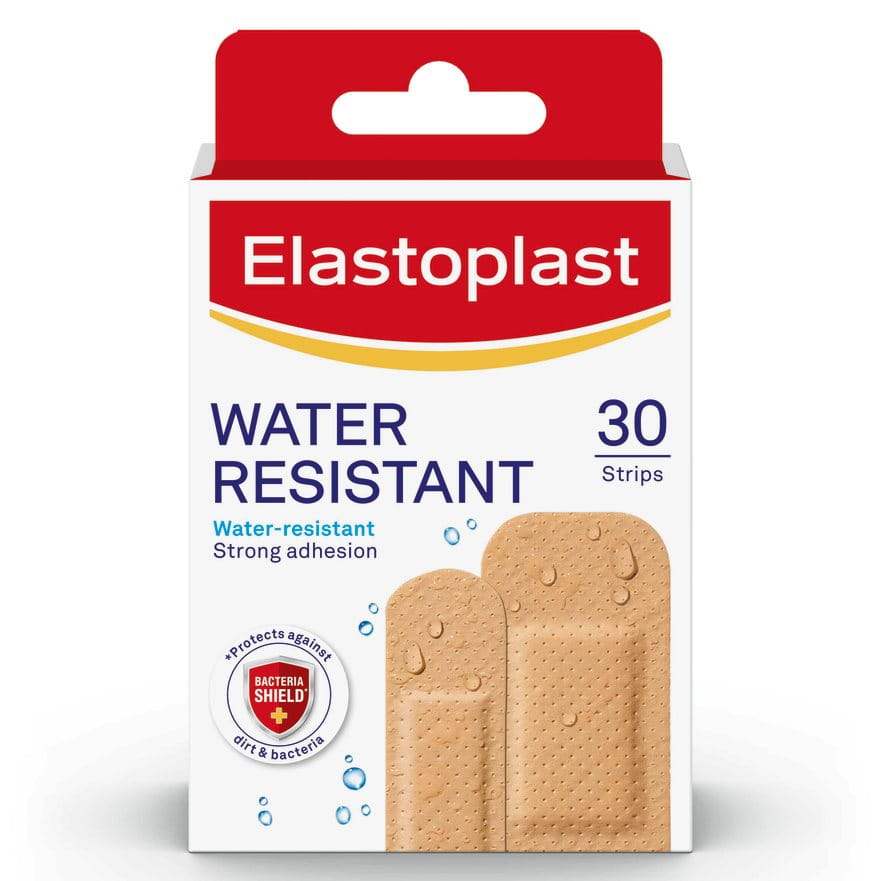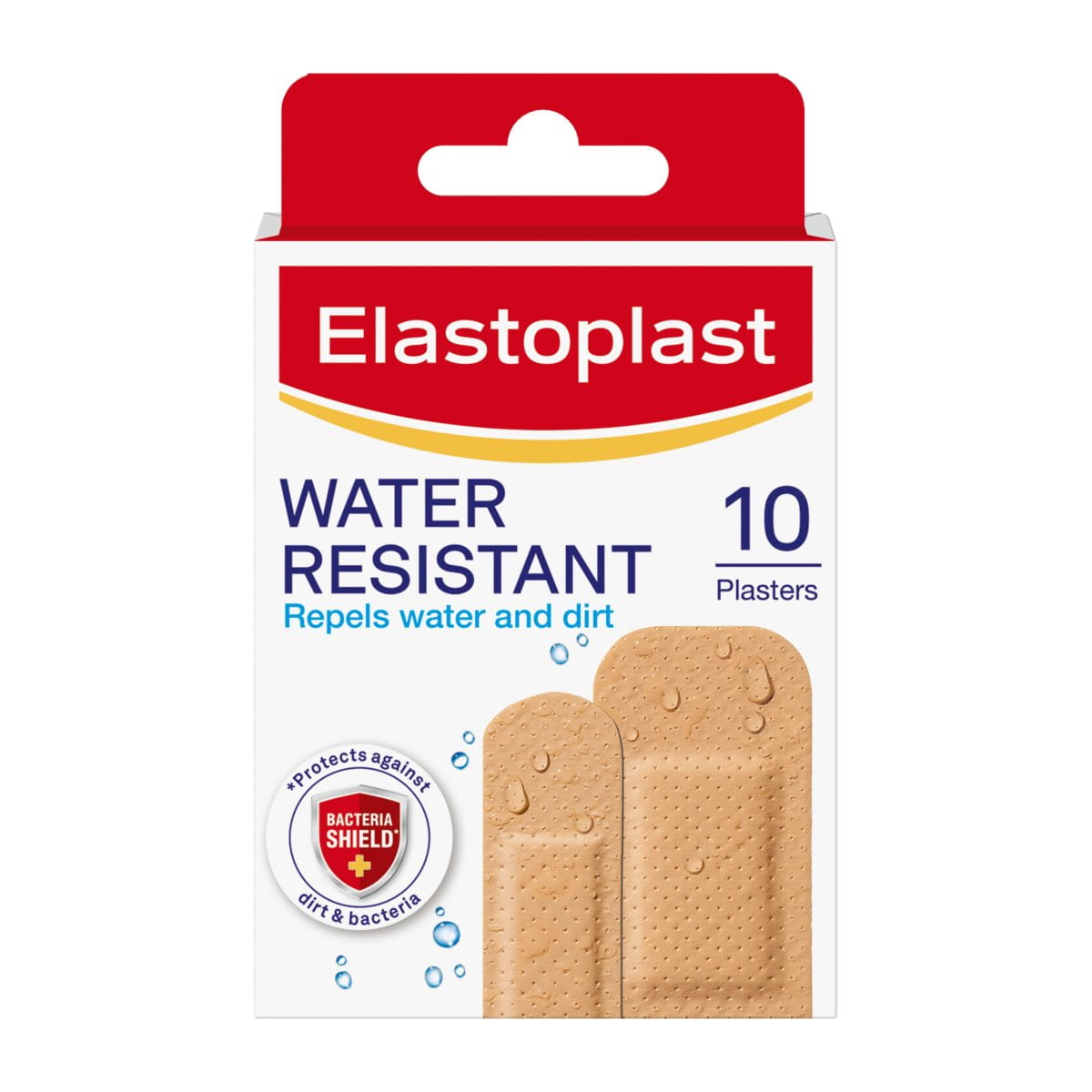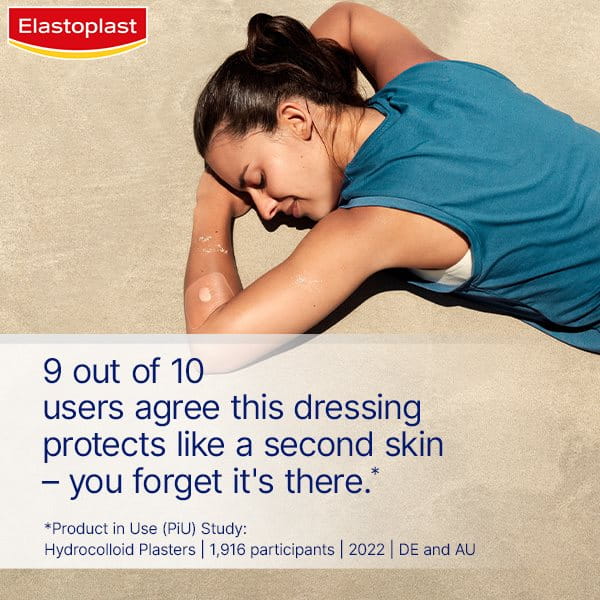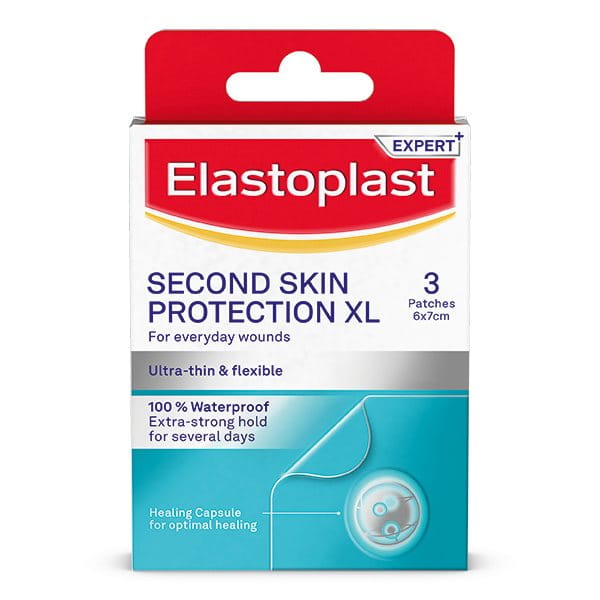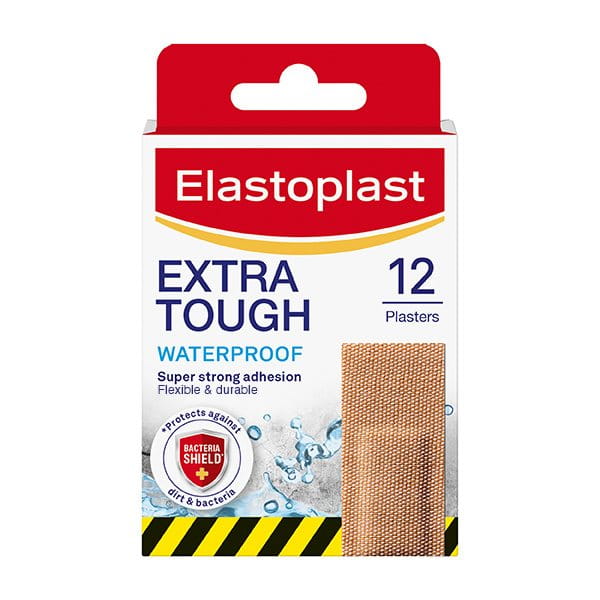Published: May 2021
Last Reviewed: August 2025
Summer is the best season for swimming, whether in the pool or in the sea on holiday. However, if you have a wound, you'll want to stop it from getting wet, so it's important to protect it with a plaster or dressing.
Not all plasters are fully waterproof though. If you want to protect a cut in the shower, or you need a waterproof plaster for swimming, find the right Elastoplast product for your needs with our handy guide.
